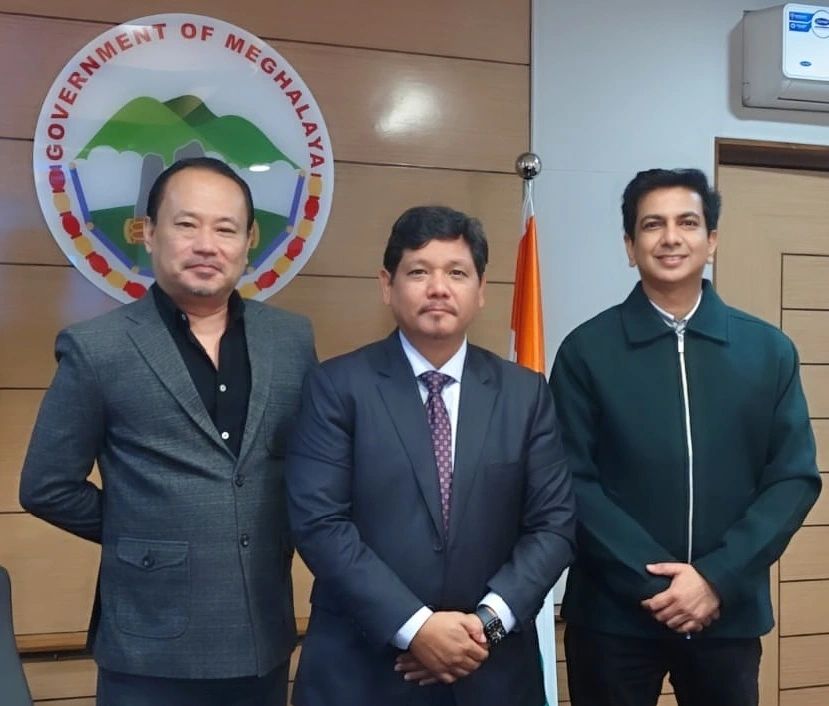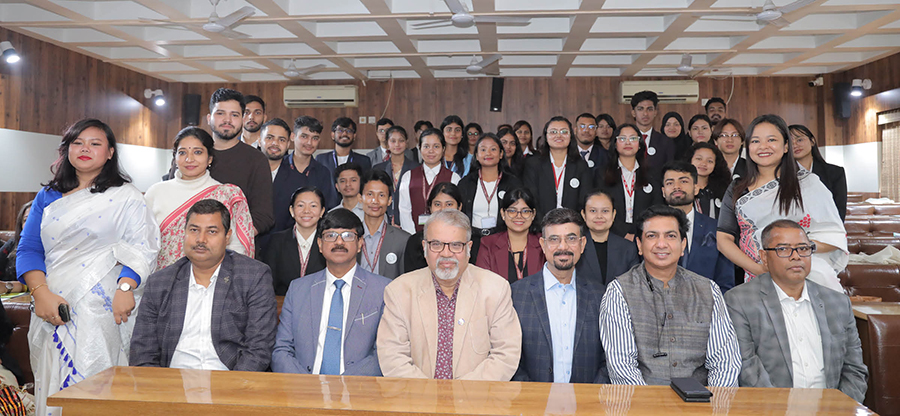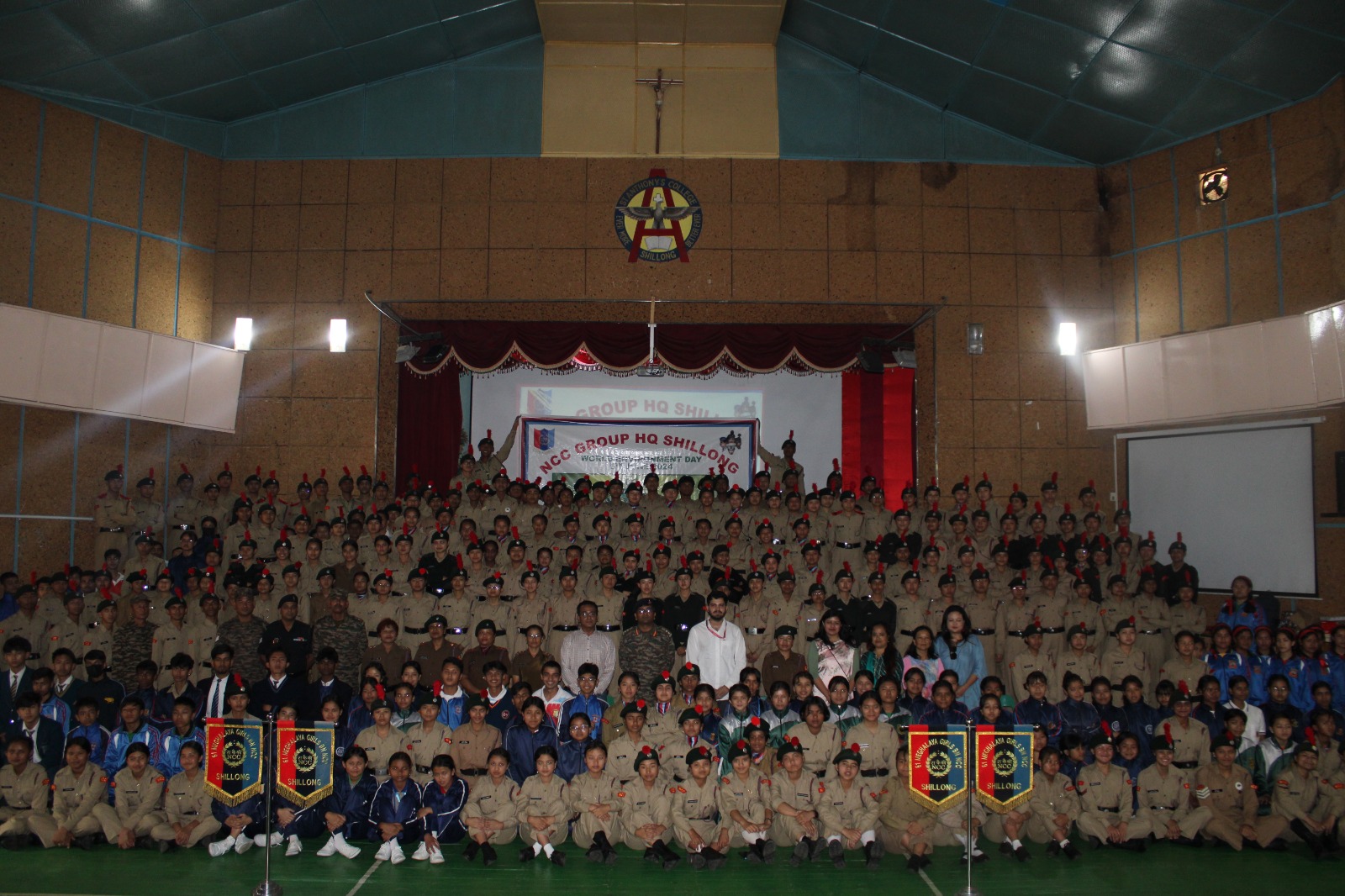The Intersection of Information Technology and Environmental Sustainability
By Basab Nath, Assistant Professor, School of Computing Sciences-IT, Assam Kaziranga University, Jorhat, India
The relationship between Information Technology (IT) and environmental issues is more crucial than ever in our increasingly digital society. It is important to analyze the environmental footprint of the IT sector and its potential to support environmental sustainability as we proceed into the 21st century. Let us start by admitting that the IT sector is not fully environment-friendly. According to recent estimates, the global IT industry is responsible for approximately 2% of global CO2 emissions. The carbon footprint of the whole aviation sector is reflected in this proportion. Furthermore, the exponential growth of data centers – the backbone of the internet – contributes huge energy consumption, and causes substantial environmental concerns. In addition, e-waste, comprised of discarded electronic devices is a burgeoning issue, because only a small fraction of it is correctly recycled, leaving the rest to contribute to global pollution.
On the contrary, IT is also a powerful tool which can significantly contribute to environmental sustainability, if properly used. In fact, IT solutions have the potential to significantly enhance energy efficiency across various sectors. Smart grid technologies enable more efficient distribution of electricity and reduce energy waste. IT-enabled automation and optimization processes in the manufacturing sector can reduce resource usage and decrease waste. In transportation, advanced algorithms and GPS systems can optimize routes for deliveries, and in this way reduce fuel consumption and emissions.
IoT (Internet of Things) has immense potential for environmental management. Smart homes and buildings equipped with IoT-enabled devices can optimize energy use, regulate heating and cooling based on occupancy, and monitor water usage, thereby significantly reducing the overall consumption. Additionally, IoT devices provide accurate environmental parameter monitoring, including the assessment of air and water quality, which provides crucial information for addressing pollution and other environmental problems.
Precision farming in agriculture, made possible by IT, has the potential to increase yields and reduce water and fertilizer usage. Through the use of advanced sensors, farmers can monitor real-time soil conditions and crop health, and make precise decisions about irrigation and pesticide application. This not only enhances agricultural efficiency but also reduces environmental impact.
The use of Big Data and Artificial Intelligence (AI) is also crucial. Big Data can help to analyze and forecast environmental patterns, and assist policy-makers in taking informed decisions to combat climate change. On the other hand, AI can also support waste management, prediction of crop yields, and even health assessment of forests, thereby making conservation efforts more effective.
Another relevant aspect is the concept of Green IT, which focuses on designing, manufacturing, using, and disposing of computers, servers, and associated subsystems with minimal impact on the environment. It advocates energy-efficient algorithms, power-saving settings, and proper e-waste management, as well as addresses the concerns related to the environmental footprint of the IT sector.
At the policy level, governments can leverage IT to enforce environmental regulations more effectively. Real-time tracking of industrial emissions, digital reporting systems, and advanced satellite imagery can help to ensure compliance with environmental standards.
In the era of remote work and online learning spurred by recent global events, IT has demonstrated its potential to reduce carbon footprint. Reduced commuting and travel have led to a significant decrease in CO2 emissions globally. Even though it might not be entirely a panacea, it supports a mode of operation that can contribute to a sustainable future. However, it is essential to acknowledge that technology is merely a tool. Its effects, whether detrimental or beneficial, depend largely on how we use it. While it is easy to get swept up in the hype of new technology, we must strive to use it with a sense of responsibility. Implementing IT solutions without considering their environmental impact could lead to more harm than good. As we stand at the intersection of IT and environmental issues, the path forward requires a careful balance. Technological innovations must be guided by sustainable practices to truly make a positive impact. It is a challenging journey, but the potential benefits for our planet make it a worthwhile endeavour. In essence, integrating technology and environmental consciousness could be the key to unlocking a sustainable future for all.












Very comprehensive and looks at various facets. Green IT needs a lot more research and bringing into mainstream.
Also wanted to add our own habits – storing pictures and videos as if we have an endless pit. Recording meetings and forgetting them, Even social media – we have a mountain of digital waste. Even though we cannot see it, it is stored somewhere. Ever expanding the number of disks and compute to serve junk. A culture of responsible internet consumption is the need of the hour.
Thank you, sir, for your insightful comment! I completely agree that Green IT requires more research and integration into the mainstream. You make a valid point about our personal habits contributing to digital waste through excessive media storage and recording.